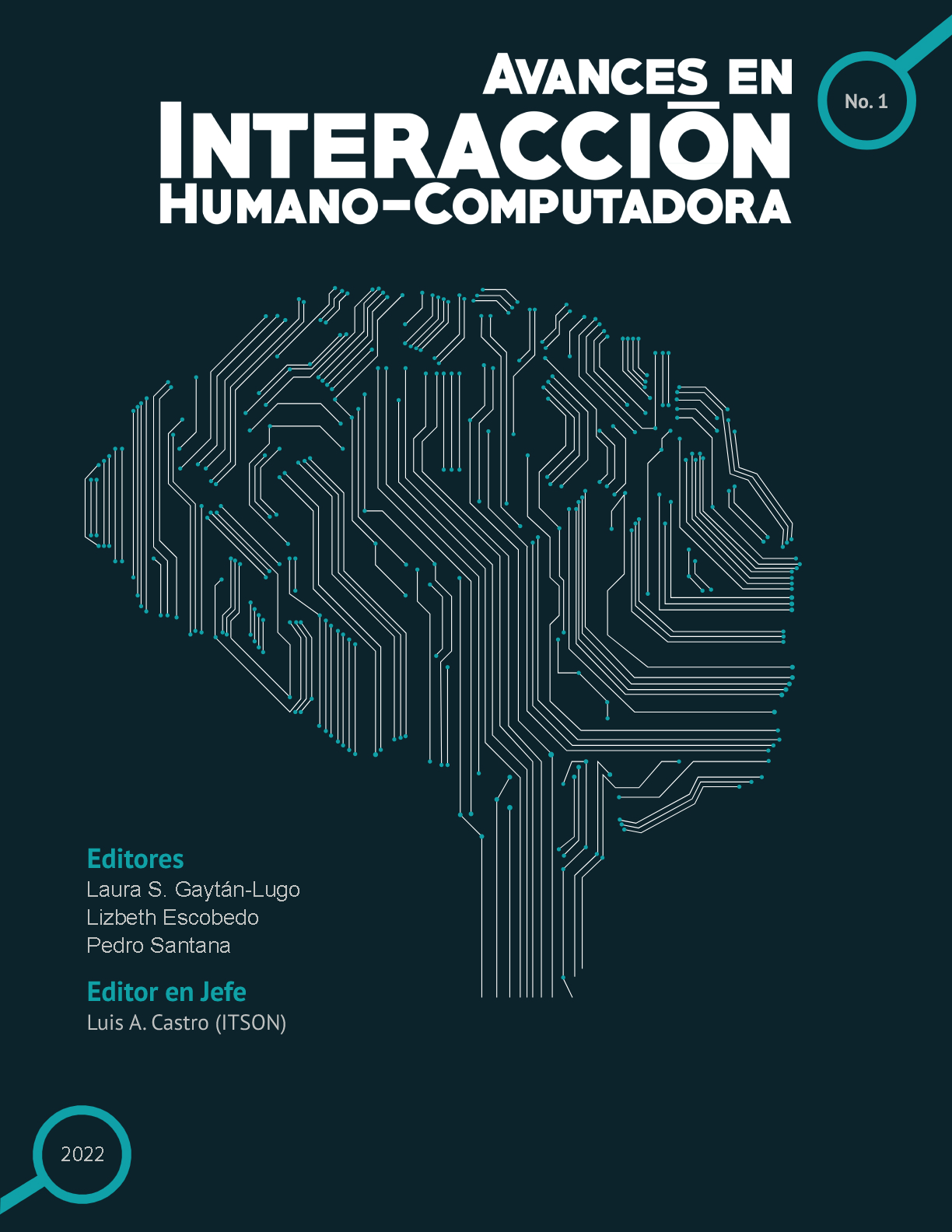Dialog modeling of domain specific cognitive assistants
DOI:
https://doi.org/10.47756/aihc.y7i1.121Palabras clave:
Virtual assistant, Dialogue modeling, Dialogue, Chatbot, Formal methods, Formal modeling, Dialog designResumen
Intelligent virtual assistants of software are becoming more common. Frequently, the communication interface is dialogue which is expressed in natural language. When an assistant consists of questions that are associated with a single answer, the abstraction of the dialogue is straightforward, however, when there are conversations with multiple bifurcations in the flow of communication, the representation and documentation is complex. In this sense, there is a lack of formalities that allow a dialogue to be accurately represented and based on them, to proceed with its programming in an industrial framework. In this work we propose the use of finite state machines to model complex dialogues. Thus, we introduce a formal model for the representation of dialogue and its mapping to a real assistant, using an industrial framework. We believe that our approach will make it easier to design and to program assistants with complex interaction, enabling better adoption of them.
Descargas
Descargas
Publicado
Cómo citar
Número
Sección
Licencia
Derechos de autor 2022 J. Guadalupe Ramos Díaz, Juan Jesús Ruiz Lagunas, Adrián Núñez Vieyra, José Manuel Cuin Jacuinde, Juan Carlos Olivares Rojas

Esta obra está bajo una licencia internacional Creative Commons Atribución-NoComercial-SinDerivadas 4.0.
AMexIHC hace todo el esfuerzo para asegurar la precisi´n y rigurosidad de la informaci´ón (el "Contenido") contenida en nuestras publicaciones. Sin embargo, AMexIHC y nuestros representantes no representan o garantizan de ninguna manera la precisi´ón, completitud o pertinencia de el Contenido para ning´ún propósito. Cualquier opinión y punto de vista expresados en esta publicación son las opiniones y puntos de vista de los autores, y no son de ninguna manera los puntos de vista o con anuencia de AMexIHC. La precisi´ón de el Contenido no debería ser confiada en su totalidad y debería ser corroborada con las fuentes primarias de informaci´ón.


